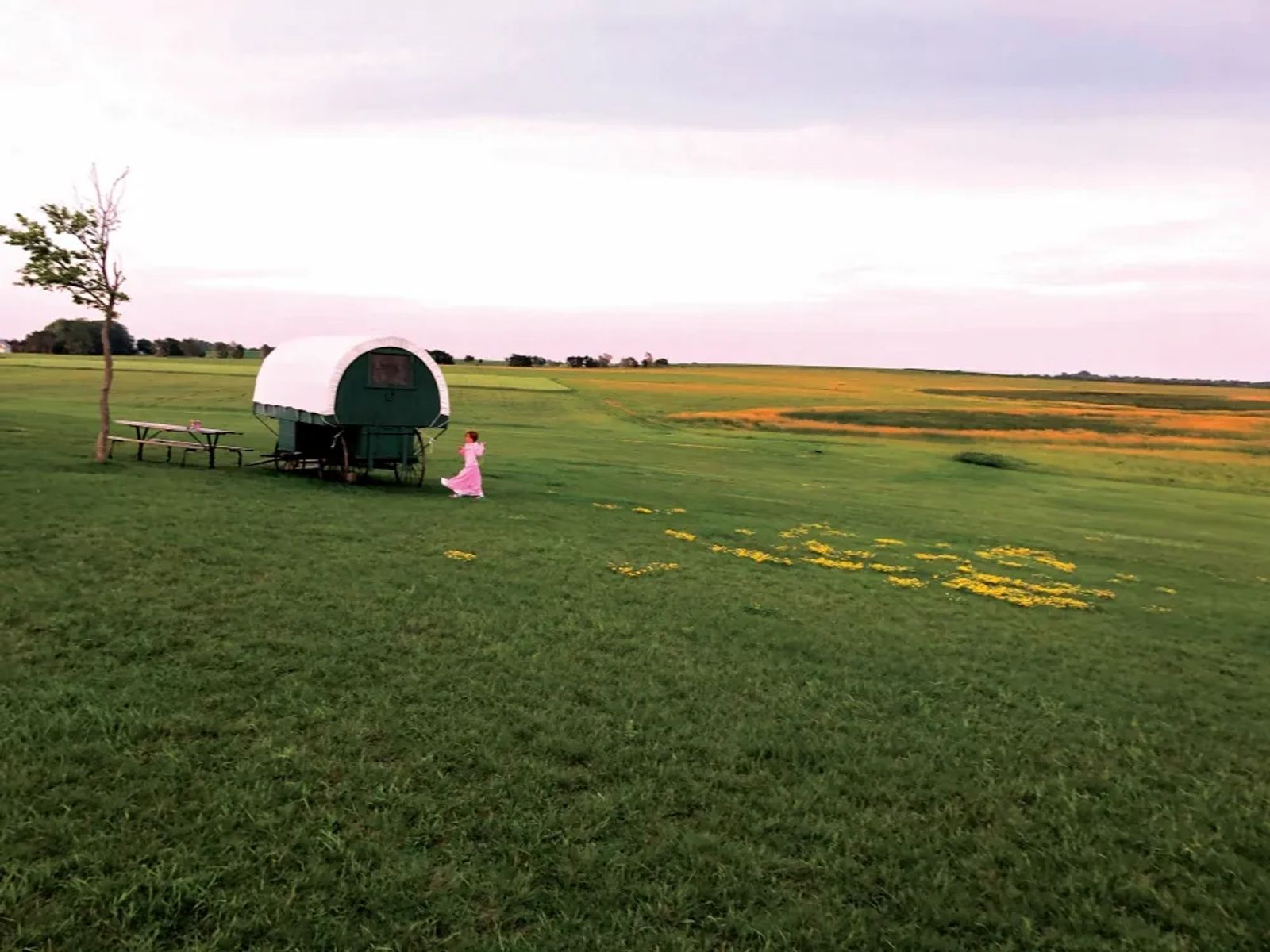
Discovering Laura’s “Little Town on the Prairie”
June 2021
article & photos by stephanie hobby
Far across the windswept plains and prairies of eastern Montana and South Dakota lies the tiny town of De Smet, the setting of the second half of Laura Ingalls Wilder’s “Little House” books.
Two summers ago, our family finished reading the series, packed up the car, and headed east for our own (albeit air-conditioned) trip across the prairie to walk the streets and roam the rolling homestead that shaped Laura’s adolescence and early adulthood.
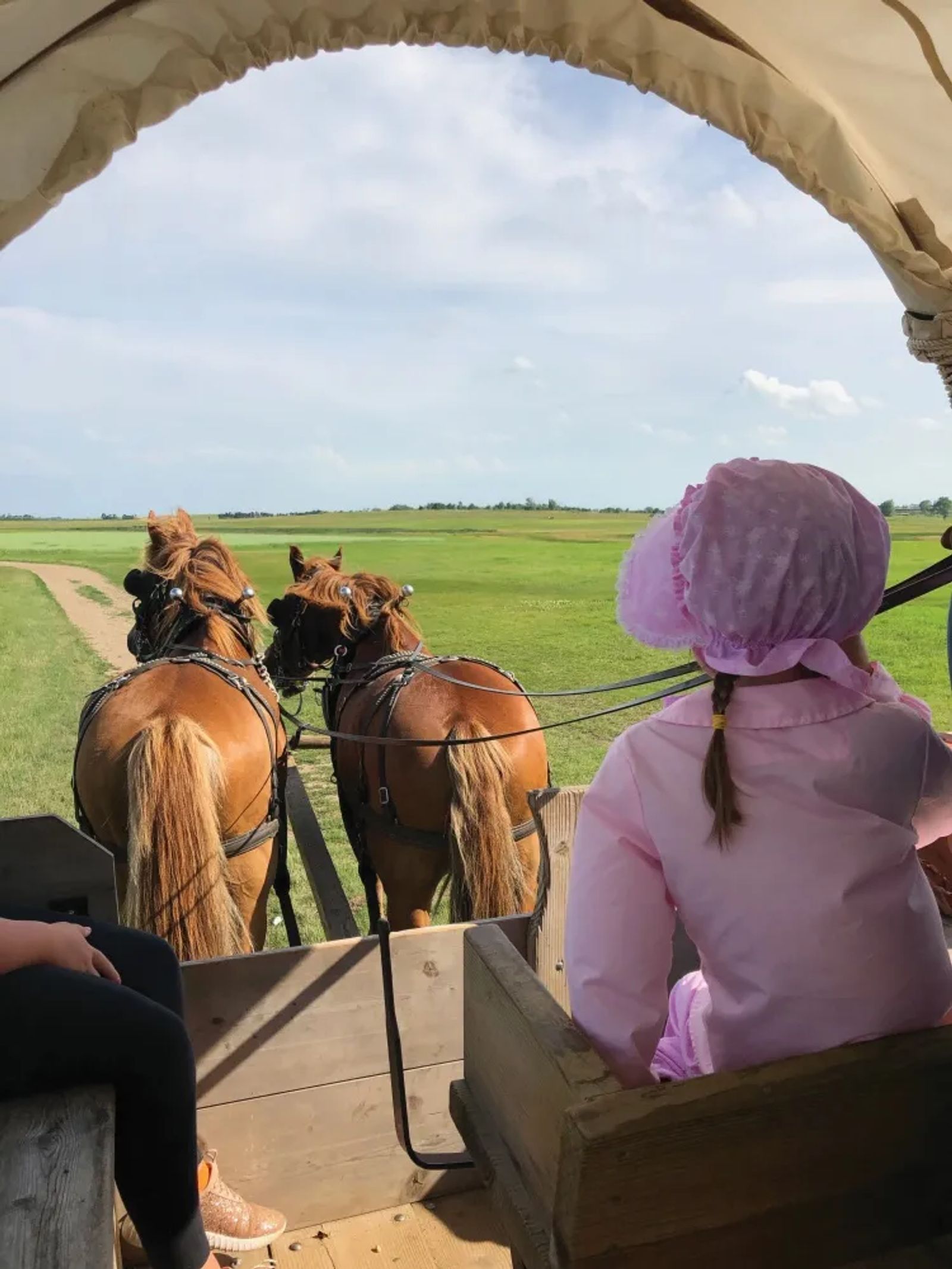
Experiencing life on the prairie
My mom read me the books when I was young, and her parents read them to her, but reading them as an adult was a much different experience. The stories I remembered were of Laura and Mary playing in a cozy attic among piles of pumpkins stored for the winter, snuggling in the wagon bed at night while crisscrossing the prairie during one of their many moves, and listening to Pa's fiddle by firelight. As an adult reader, it quickly became apparent that Wilder often wrote about food because there was almost never enough of it and emphasized good times because life was painfully hard.
The threats of famine, poverty, sickness, and violence were constantly looming in the background. Time and again, I was struck by just how tenuous life was in that time and place, but also by how Pa and Ma encouraged their family to live with spunk and optimism, even in the bleakest of circumstances. The Little House books tell a story of hardship, determination, and grit - lessons that still apply today.
When Wilder introduced De Smet in the opening paragraphs of By the Shores of Silver Lake, the Ingalls family had just survived a terrible sickness that left her older sister Mary blind and younger sister Carrie forever weakened. Doctors' bills and other debts were mounting, and their faithful bulldog Jack died. And yet, the chapter is filled with hope and optimism. Charles Ingalls, or "Pa," had an opportunity to work for the railroad in De Smet and jumped at the chance, uprooting the family again and heading west one final time.
De Smet offered a chance for a new start; Pa would have regular work and the chance to claim a 160-acre plot as part of the Homestead Act. After five years of living on and improving the land, Ingalls won his “bet with Uncle Sam,” and today, the homestead is open for visitors to enjoy.
Dotted with sheep-herder covered wagons where guests can camp, the homestead is a wide-open playground for young guests. The five cottonwood trees Charles planted for each of his daughters and wife, Caroline, mark the site of the original house. A replica of the Ingalls’ shanty is nearby, where you can feel how hard and uncomfortable a straw-tick mattress is, make pioneer toys, and braid a rag rug. Another building houses farm equipment, where visitors twist rope and make their own corn cob doll. There are horses and covered wagon rides and a seemingly endless supply of frogs and friendly barn kittens. The wind is relentless, but the air is fresh and smells of grass and sunshine, just as Laura had described it.
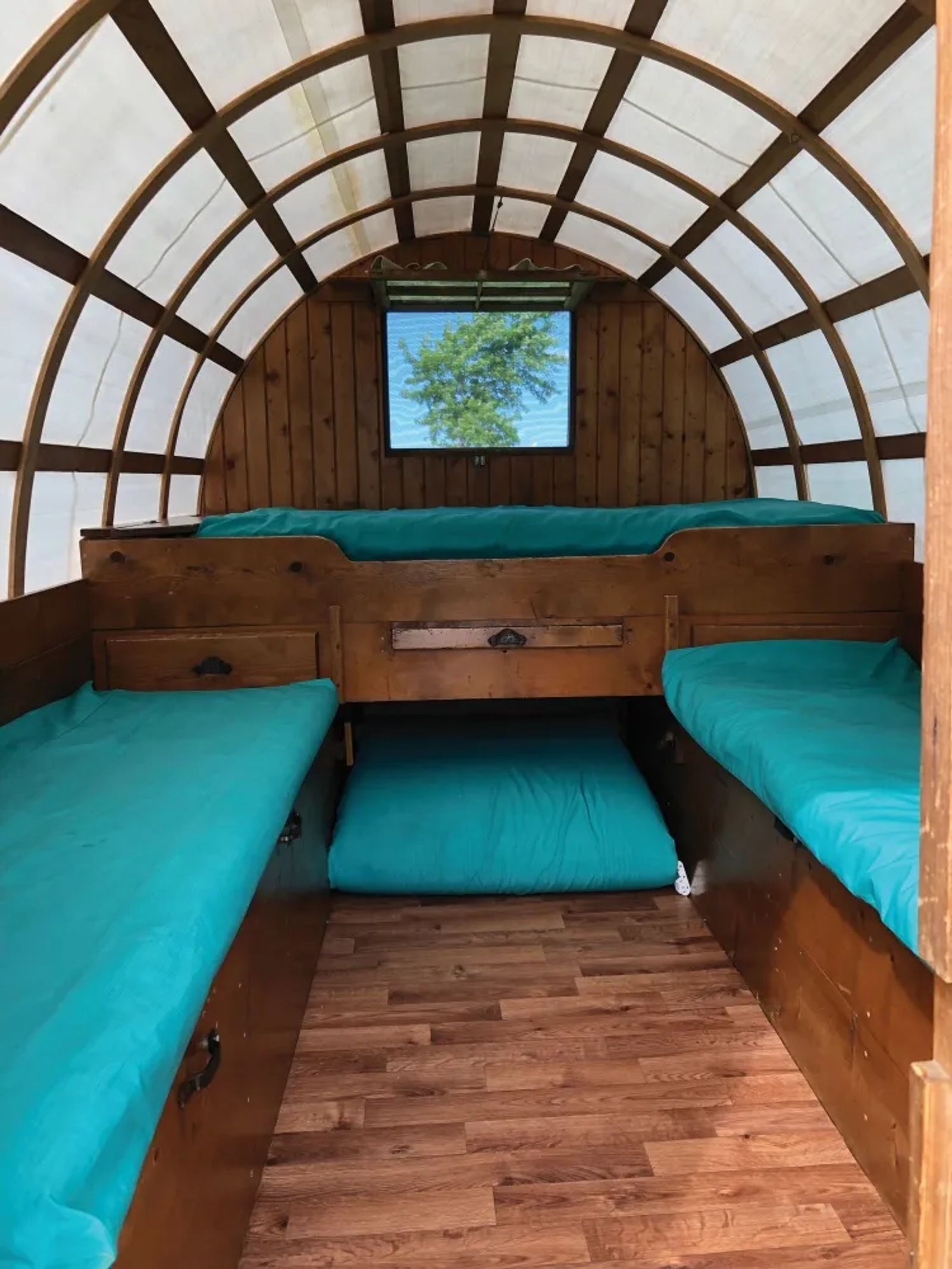
Camping on the prairie
While the Ingalls spent much of their time out on the claim, town was an important part of life. Main Street, formally known as Calumet Avenue, is a four-block collection of old and new buildings. Fans of the books will enjoy seeing information cards in the windows of nearly every building, explaining its identity in the books or relationship to the Ingalls family.
On the eastern corner of Second Street is the site of Pa’s store - today a law office - where the Ingalls family and their boarders spent the devastating winter of 1880-’81, as documented in The Long Winter.
Across the street is the Loftus Store, complete with a checkerboard outside, and yes, they sell suspenders. Several buildings central to the stories, including the tiny Surveyors House, which Laura breathlessly declared as the biggest house the Ingalls had ever inhabited, and De Smet’s first school, where Laura defiantly rocked the schoolhouse seat until she and Carrie were unjustly sent home, have been moved to a single location on the east side of town. They are managed, along with the Ingalls’ final home nearby, by the Laura Ingalls Wilder Memorial Society, so it’s easy to tour them quickly. Also on site is a replica of the Brewster School, where Laura took her first teaching job.
These enduring stories continue to draw enthusiastic crowds. Every year, 25,000 people from all 50 states and 20 countries visit the Little Town on the Prairie. There is a Laura Ingalls Wilder Pageant every July, and rooms - and covered wagons - book up quickly on those dates.
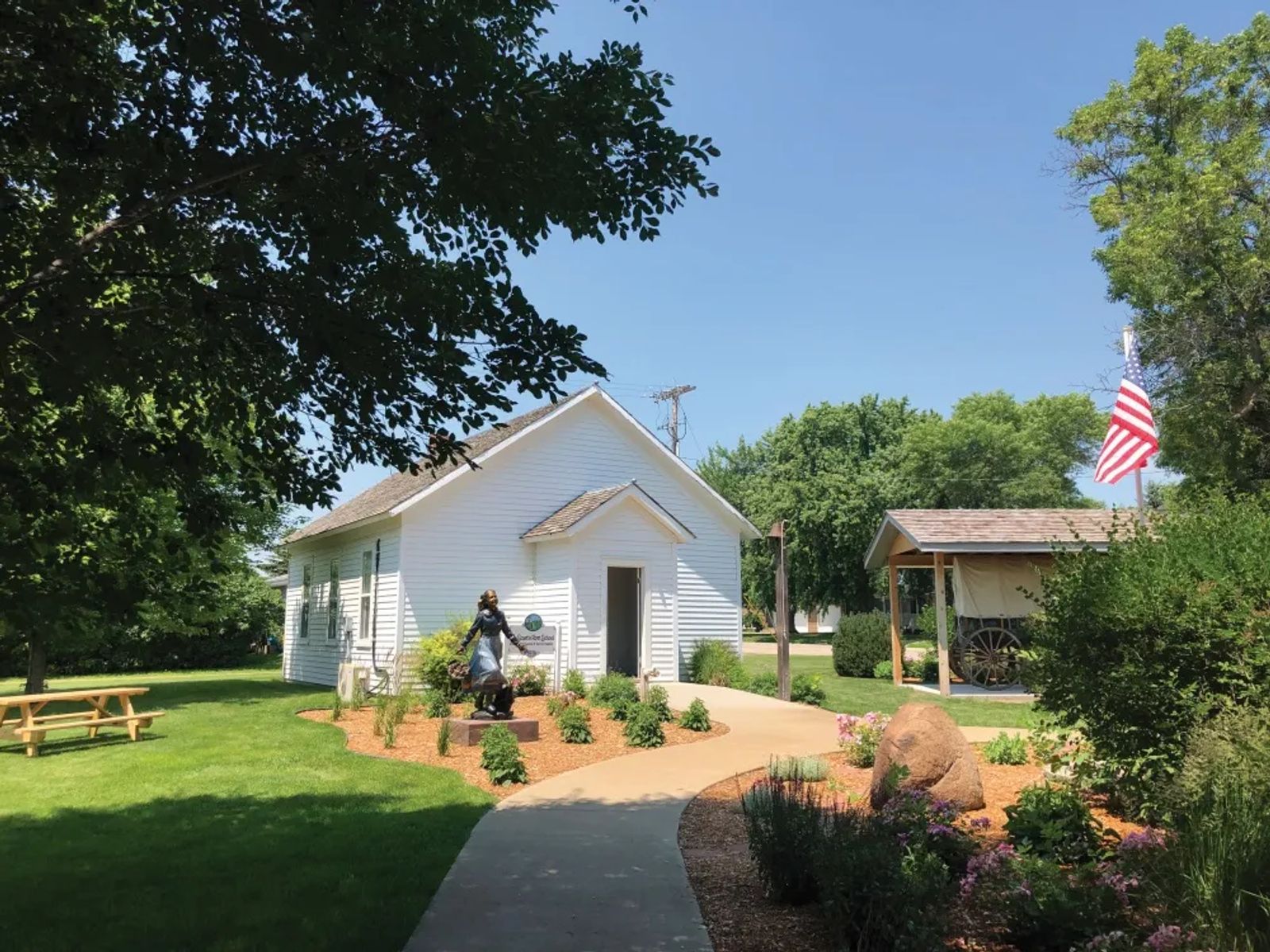
From Billings, it’s roughly a 10-hour drive to De Smet, but there is plenty to see and do along the way. Stay in Rapid City, enjoy an astronomy night at Badlands National Park, and experience the quintessential American road trip stops at the Corn Palace and Wall Drug, visit Mount Rushmore, the Crazy Horse Memorial, the Black Hills, Deadwood, and Devil’s Tower. Bring your sense of adventure, and be sure to pack your sunbonnet!
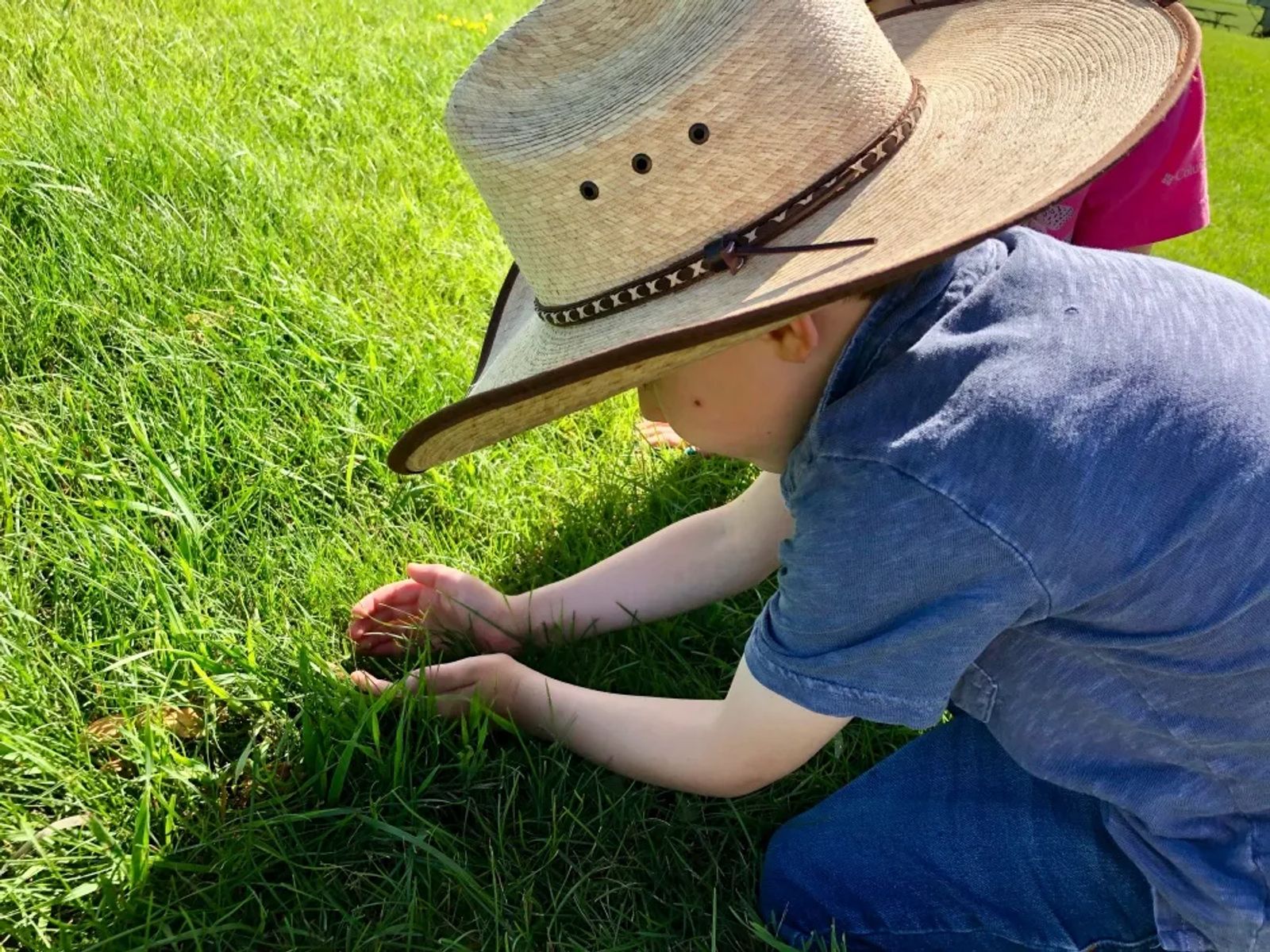
Originally printed in the June 2021 issue of Simply Local Magazine
Never miss an issue, check out SLM's digital editions here!





